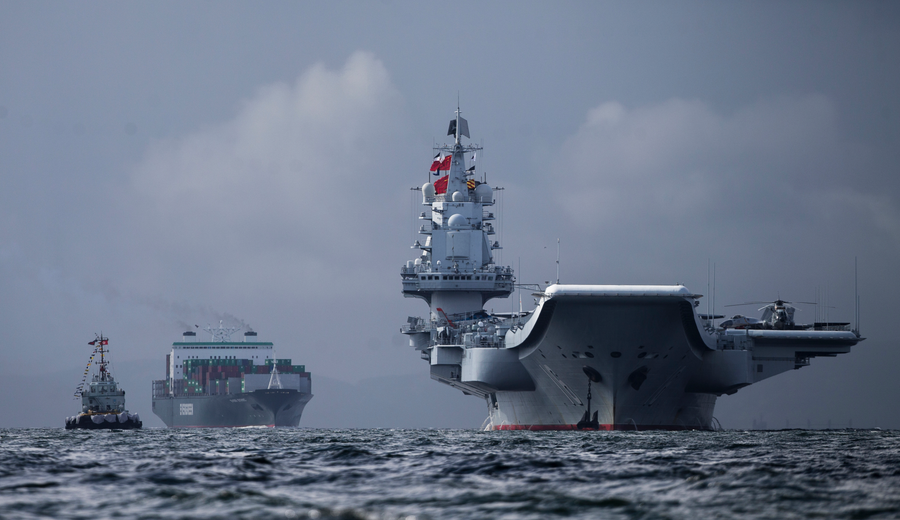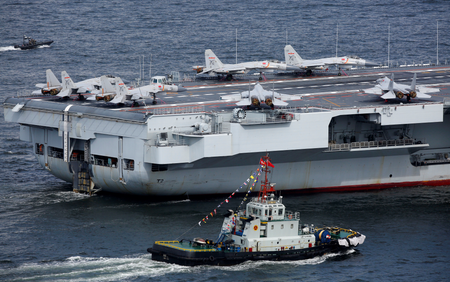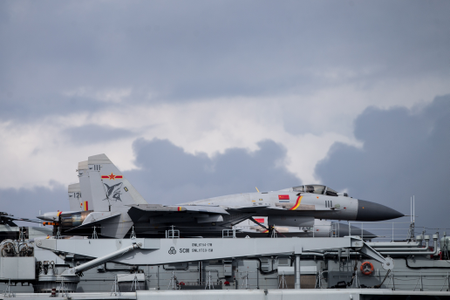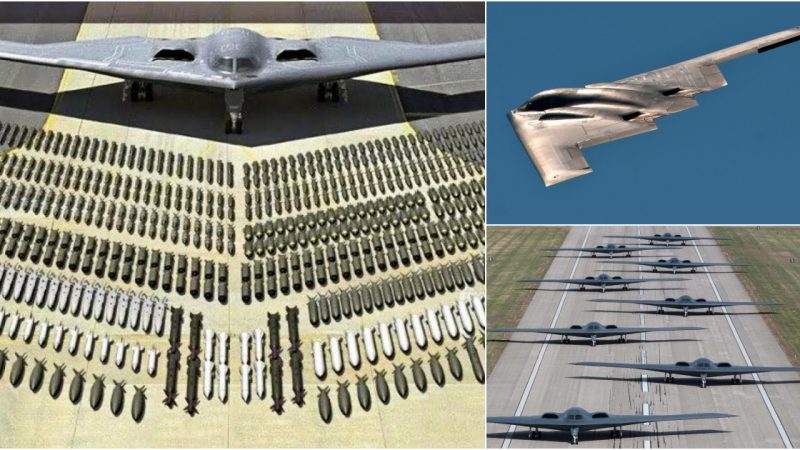The Liaoning Sets Sail: China’s First Aircraft Carrier Embarks on Route with 24 J-15 Jets to Mark National Celebration
China’s First Aircraft Carrier, Liaoning, Marks Milestone with Full Load of J-15 Fighters
On September 25th, China’s first aircraft carrier, Liaoning, celebrated a significant moment in its history by showcasing a full load of 24 J-15 carrier-borne fighters. This display of capability, dubbed ‘beast mode,’ signifies China’s rapid advancement in carrier operations, potentially enabling high Sortie Generation Rates (SGR) in the near future.
The image of Liaoning adorned with a complete complement of J-15 fighters circulated widely on social media platforms, garnering attention and speculation about China’s growing naval prowess.
In a recent video released by China’s CCTV, J-15 fighter jets were captured flying over what appeared to be a ‘foreign’ warship. Military experts, including Song Zhongping, identified the vessel as an Arleigh Burke-class destroyer, a mainstay of the US Navy’s fleet. This sighting underscores China’s increasing assertiveness in its naval maneuvers, particularly in the context of interactions with American naval assets.
With the J-20 aircraft not intended for carrier-based operations and the J-35 still in development, the J-15B and J-15T variants operating from Liaoning and Shandong carriers will continue to serve as the backbone of the People’s Liberation Army Navy’s (PLAN) combat naval aviation, ensuring air superiority and bolstering its multi-role fighter capabilities.
The journey of Liaoning, formerly known as the Varyag, is a tale of strategic acquisition and transformation. Originally built in a Ukrainian shipyard during the late 1980s, it was purchased by China in 1998, following the collapse of the Soviet Union, under the guise of establishing a floating casino in Macau. Renamed Liaoning upon its commissioning into the Chinese navy in 2012, the carrier underwent extensive refitting in the northeastern Chinese province, where it now serves as a formidable platform for 24 Shengyang J-15 fighter jets. Notably, China unveiled its second aircraft carrier, the domestically built Type001A, in April, signaling further expansion of its naval capabilities.
Measuring 300 meters (984 feet) in length and weighing 60,000 metric tons (66,139 tons), Liaoning represents a significant asset in China’s maritime arsenal. The aircraft carrier’s presence underscores China’s aspirations for blue-water naval capabilities and its evolving role as a major maritime power.
Accompanied by imagery of Liaoning sailing past commercial vessels and arriving in strategic ports like Hong Kong, the narrative of China’s naval modernization efforts continues to unfold. Often likened to the US’s F/A-18, the J-15, also known as the Flying Shark, symbolizes China’s pursuit of indigenous military technologies and its ambitions for maritime dominance on the global stage.
Hits: 32












